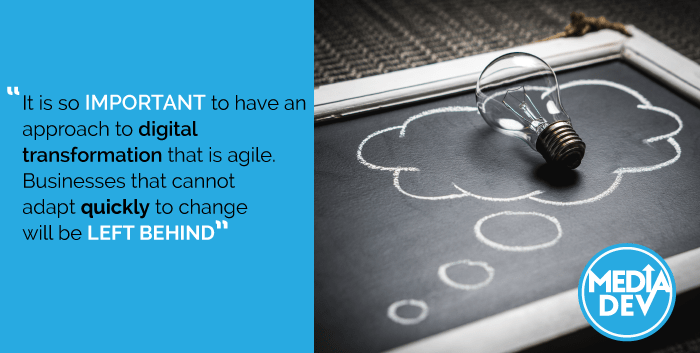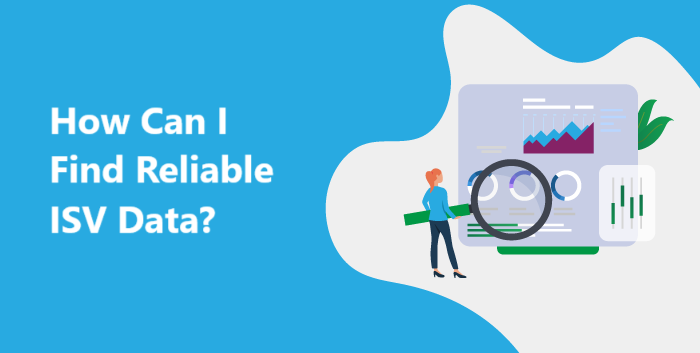I think it was nearly 20 years ago when I first heard the idea of “going paperless”. Zero paper was presented like an idealistic utopia that would break bad printing habits, cut costs, and save the planet. People seem to have forgotten about the time when printing was a normal part of everyday business life — people printed email messages and saved them in folders for crying out loud! Of course now, that’s all part of a distant past, much like the fax machine and carbon copies.
For me, the idea of reducing one’s dependence on physical paper was one of the first big steps in the digital transformation movement. Of course it wasn’t the only one — you probably don’t remember the Palm Pilot (the first electronic agenda) or the Minitel (Internet’s predecessor), but they were pioneer devices in their day too! The change associated with the use of digital technology (which is the definition of digital transformation) has penetrated so many different levels of human society in recent history, that it’s now everywhere you turn, everywhere you look. Every. Single. Day.
And with IoT applications, it’s just going to continue to take on new proportions in years to come (we’ll only be limited by our own imaginations!).
Why is Digital Transformation so important? The short answer is because it changes lives. To applications that help you find your keys, to cars that drive themselves (which may make the need for keys obsolete) we have become utterly reliant on technology to make our lives better. This is true in our personal lives, as it is in the business world and unless there’s a zombie apocalypse, I don’t think it’ll go away. The problem comes when people and companies alike resist change, or don’t know how to adapt to it fast enough. Many of them will be left behind, only to give rise to a new generation of tech-savvy disrupters and unicorns.
How will digital transformation affect businesses in months to come and how can you cope with the change?
Here are some thoughts and discussion points:
Adaptability is vital
When the rules of business shift quarterly, companies need to adapt faster than ever. This may be why so many of the most innovative companies are young. It’s no wonder that today’s youth are so adept at shifts in technology — they were born at a time when the world was being metamorphosed by it. I look at my kids (my 3-year-old is a pro at his hand-held tablet, using his favorite apps; my 8-year-old takes videos of herself mimicking the very YouTubers she follows), and I can only imagine what the world will look like 30 years from now. Which is why it is so important to have an approach to digital transformation that is agile. Businesses that cannot adapt quickly to change will be left behind. (Kodak is the perfect example of that).
The user-experience cannot be ignored
Today users are not just customers, they are all critics. Social media platforms have turned everyone into a connoisseur and now, more than ever, people are sharing their experiences (good, bad and ugly) on forums and blogs. On top of that, prospects admit that word-of-mouth recommendations from friends and colleagues influence them most when making new purchases, so it’s very important that your users “feel good” about your brand. Customers are pickier than ever — they’ll easily stop using brands that they believe don’t align with their values or needs. Because of this, the user-experience has and will continue to take on an important place in the marketing realm, especially as users are encouraged to share and post in real time.
Innovation needs to happen quickly
If you have a solution, you need to get it to market fast. If you don’t, someone else will certainly beat you to it. Competitive landscapes when it comes to technology shift rapidly, so proactive innovation is one of the best ways to keep up with an evolving marketplace. The faster an organization can go from idea to implementation, the easier it will be for them to seize new opportunities.
If you are looking to deploy new software within your organization, it also needs to happen quickly. Businesses can no longer afford to waste time and resources implementing new tools that offer no real value, which means that if you are marketing software, decision-makers need to see the “what’s in it for me” from the start. Prospects don’t have the time to read through page after page of marketing blah-blah to figure out what the technology will bring them — messaging needs to be direct and to the point, and preferably delivered by users themselves (in the form of a success story).
APIs and the destruction of information silos
The days of stand-alone systems are gone. Now, linking one application to another through APIs (application program interfaces) is a way tie together best-in-breed solutions, and creates synergy where none existed before. APIs are everywhere you turn and enable multiple platforms to work together in an ecosystem that is fast and flexible. Certain software and technology companies may resist this change as it means sharing the pie, but for companies looking to deploy technology that creates the best user experience, APIs cannot be overlooked.
Same goes for OEM channel partnerships; enhancing one’s solution by embedding the features another can result in a better product for the end-user. One solution doesn’t have to do it all, but it should be able to offer what users need to get the job done well; APIs and OEM partnerships help make that possible quickly and efficiently.
Big data and analytics
Everyone’s talking about big data and how it can be used to further business initiatives (and moreover drive revenue). The amount of data available to us now is mind-boggling, but in order to get value out of it, it needs to be analyzed properly (and with the right tools). Analytics drive strategic business decisions to show us how buyer personas think, what customers want and how the market views us. Digital transformation takes this to the next level and will be the cornerstone of how all businesses will operate in the (very near) future.
Be ready for the “new” new thing
Whether it be artificial intelligence (AI), the advent of augmented reality (AR) and virtual reality (VR) or the Internet of Things (IoT), the “new” new thing is being created now. Not only will these concepts transform the user experience, they will certainly be disruptive to business models in ways that are yet unknown. Once again, high adaptability to such technology is the key to survival, so prepare ahead. Do research about trends and what’s coming so that you don’t get taken by surprise.
Conclusion
Digital transformation isn’t just about technology; it’s about bringing the power of technology with a culture that embraces change to the businesses of the future. How ready and able you are to accept, adapt and drive that change will determine your ability to move forward and grow over time. There will always be new things that come to replace the old — whether you resist or embrace them is entirely up to you. When in doubt, consult an expert who can help you each step of the way.










